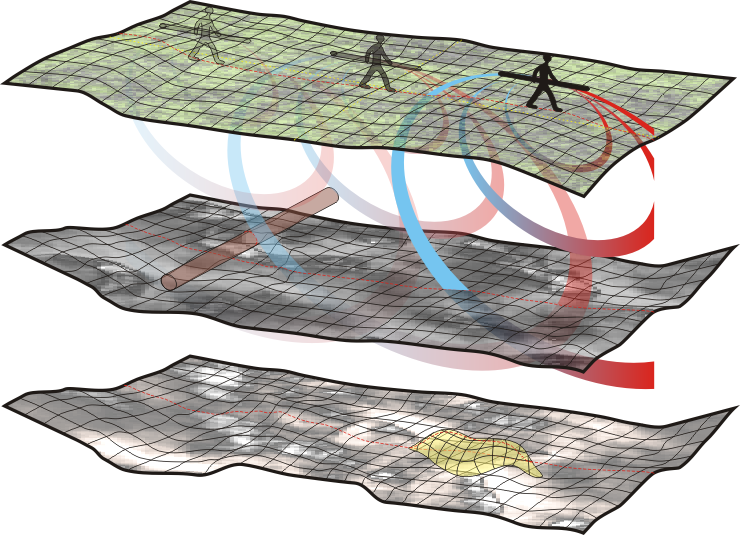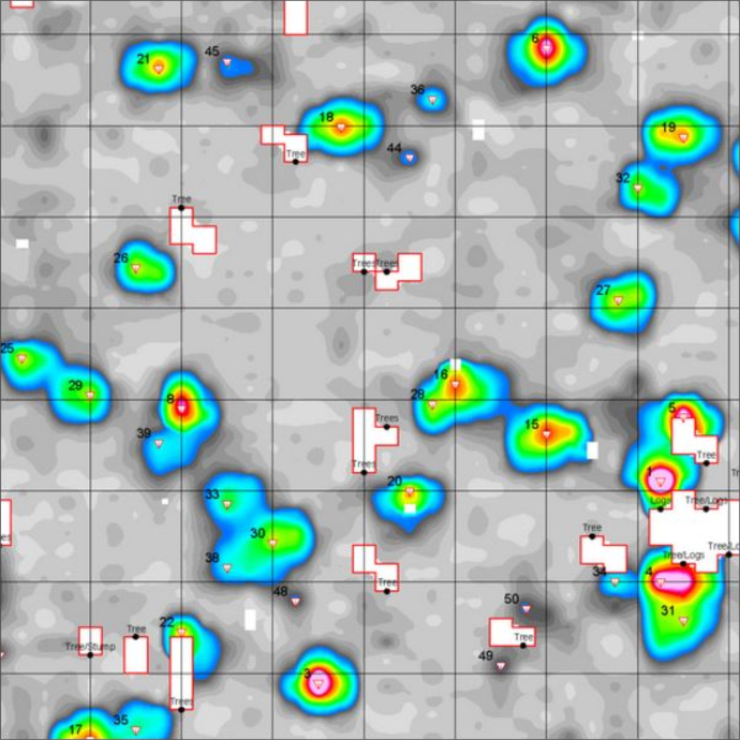Main Page | Knowledge base | Geophysics | Electromagnetic studies
ELECTROMAGNETIC STUDIES
Electromagnetic surveys EM (Electromagnetic Methods) in the form of dipole induction profiling rely on the research the electrical conductivity of the medium. The principle is based on the induction of the primary electromagnetic field by transmitter. It generates a secondary electromagnetic field in the analyzed medium, which is proportional to its conductivity. Even the smallest differences are recorded according to the change in lithology, groundwater or pollution. Metal objects produce a strong secondary electromagnetic field, because the differential measurement of the primary and secondary allows for the precise location of buried metal objects (tanks, unexploded ordnance and others). Similarly, in the case of leachate from landfills, waste water containing salts or acids of high electrical conductivity. For this reason, the electrical conductivity is significantly increased groundwater contaminated by the waste, which allows their detection by this method.

Such research are carried out using specialized equipment called conductometers. They have the advantage that they allow the measurements without the use of electrodes or any contact with the ground which in the classical method of electrical resistivity. During the measurements apparent electrical conductivity (mS/m) and the real component “In-phase” are measured.
On the basis of the measurements is designed surface conductivity anomalies map, which is the basis for geological and engineering interpretation.

Electromagnetic induction technique is commonly used for:
- separation the area where the contamination of groundwater,
- searching for ground water,
- location of leaks dikes, dams and canals, statements such as pipeline corrosion,
- forensics,
- archeology,
- searching for ores and deposits of solid minerals (gravel, sand),
- location of the objects of UXO (unexploded ordnance),
- location of electrical cables.










